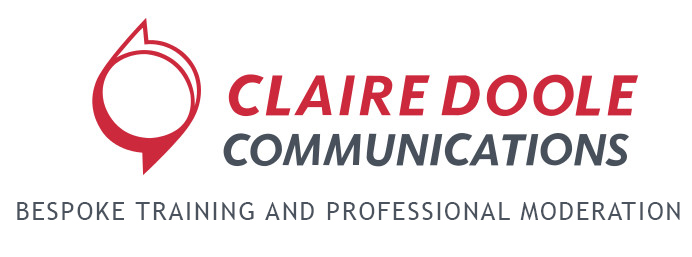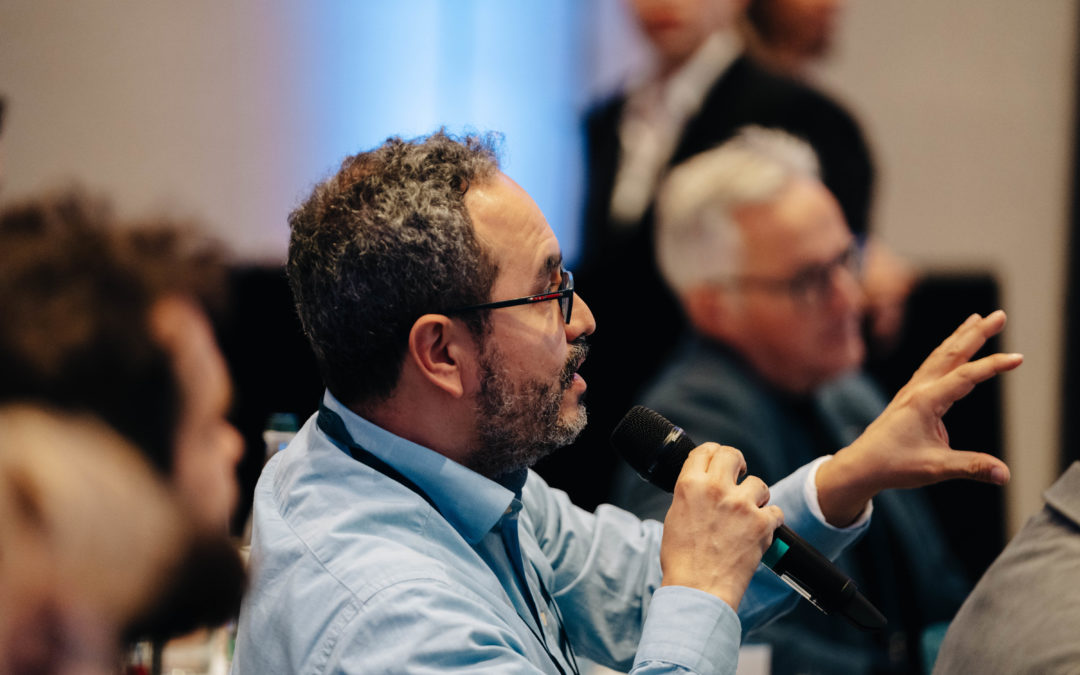
by Claire Doole | Jul 1, 2025 | Blog, Leadership Communications
In last month’s post, I shared some tips and techniques on the art of handling audience questions – whether you’re online, in-person, or in front of a tough crowd.
Now let’s take things a step further. What happens when the question is messy, hostile, or downright confusing? How do you respond when you’re caught off guard—or worse, when no one asks anything at all?
Below are some tips and techniques:
• Reframe convoluted questions: If a question is overly long, vague, or hard to follow, help your audience by tightening it up.
“I am sorry I can’t quite grasp every detail of your question, but I would like to respond to your part about X”
• Be clear when you don’t know the answer: You can’t have all the answers. Here are three options on what to say when you don’t have the answer:
i. Say ‘I don’t know’ – you’ll get back to them. Never, ever, guess.
ii. Ask someone in the audience to respond who is an expert on the subject.
iii. ‘I’m not 100% sure’ When you say this you’re not saying ‘I don’t know’, you’re saying ‘I’m not completely sure’, which is a totally different thing.
• Answering challenging questions: When faced with a challenging question from that angry staff member, board member or at an official hearing – you need to employ the ABC technique I teach in media training – acknowledge the question, potentially reframing it before you bridge to a broader point you want to make – moving from the specific to the general.
• Group multiple questions by theme: One client of mine has to answer up to twenty different questions, including sub-questions on at least five different topics or different aspects of one topic every time she appears in front of a parliamentary hearing in less than five minutes!
She groups the questions under themes and then answers any miscellaneous questions. She even manages to acknowledge some of the MEPs by name. This takes practice and skill.
• Answer questions individually if possible: It is much easier for you to answer questions one by one as you won’t forget them, and it helps the audience too, who can lose track if you answer multiple questions in one go.
• Have a process for taking online questions: When I moderate online press briefings or panel discussions, I also group the questions that flood in from journalists thematically. However, I signpost clearly which question is for which speaker and ask them one by one.
I also like to have a google doc where the event producer can copy and paste the questions as they come in on the chat. They can tweak the English and prioritize the question, even suggesting which question goes to which speaker. This makes it easy for me to group by theme, and ensure that each speaker gets at least one question.
What happens if you don’t get any questions?
It happens. Avoid the temptation to fill the silence. Wait. Some people are nervous about asking questions in public.
Alternatively, ask a question yourself – “A question I’m often asked is…” or “Before I began, someone asked me…”
You can also have someone lined up to ask the first question, or you can ask people to turn to their neighbor to reflect on what the presenter has said and see if they have any questions. As a moderator, I used this technique once, and it worked a treat!
Remember, Q&A isn’t a test – it’s a conversation. Whether you’re dealing with a chatty audience, a sceptical stakeholder, or radio silence, these strategies can help you keep the dialogue meaningful, honest, and engaging.
Claire Doole is a former BBC journalist, UN, IFRC and WWF International spokeswoman who has for more than twenty years trained and coached executives in the art of answering tough questions from the media, employees or the public. You can find out more at www.doolecommunications.com

by Claire Doole | Jan 6, 2025 | Blog, Leadership Communications
At the end of last year, I coached the finalists for the Geneva Challenge – an annual global contest under the patronage of the late UN Secretary-General Kofi Annan organized by the Graduate Institute of International and Development Studies.
Five teams, each representing a continent, had to convince a jury of high-level policymakers that their project offered the best solutions to the challenges of youth empowerment.
They were master’s students from some of the world’s most prestigious universities.
But their task went beyond explaining their ideas. They had to persuade the jury that their proposal would effect change. Not an easy task given that they were not development policy experts.
Each five-member team delivered the first draft of their 15-minute presentation for me to review and propose changes to make it more impactful.
Below are some tips I gave to turn them into award-winning presenters with compelling presentations.
• Start with the Why. Why did your team decide to develop this particular project? What was your motivation? How can this build your credibility with the jury?
• Establish your credibility at the start, as otherwise, the audience won’t accept what you say. Introduce any team expertise in the area or, more powerfully, add a personal story.
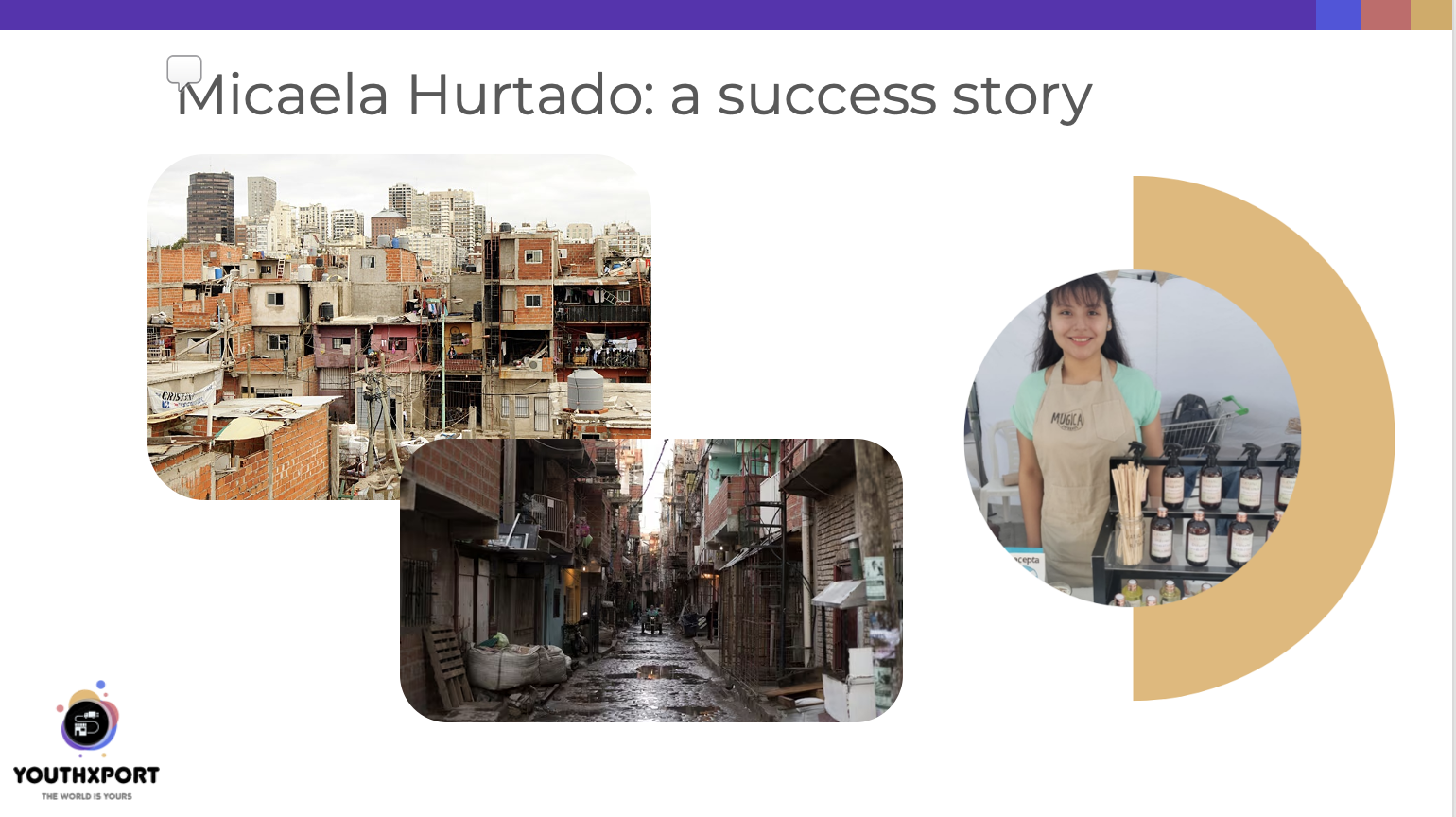
• Focus your presentation on demonstrating how your solution addresses the real-world problem, emphasizing its practicality and feasibility. Avoid spending too much time on the context and problem, as many presenters tend to do.
• Make bold statements.
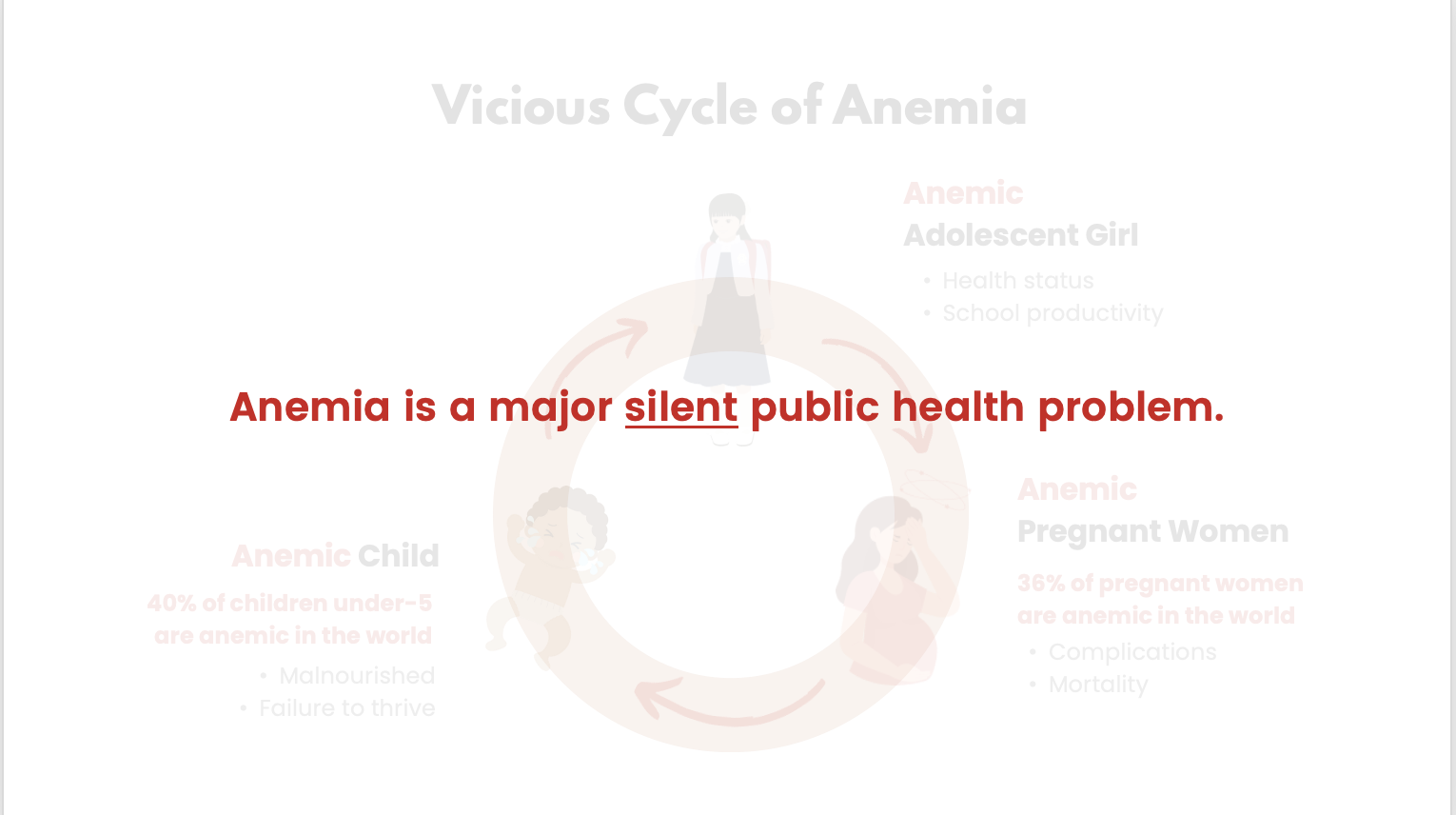
• Put a title on each slide, unless a photograph. Make sure it is a message rather than an explanation of what the slide is about.
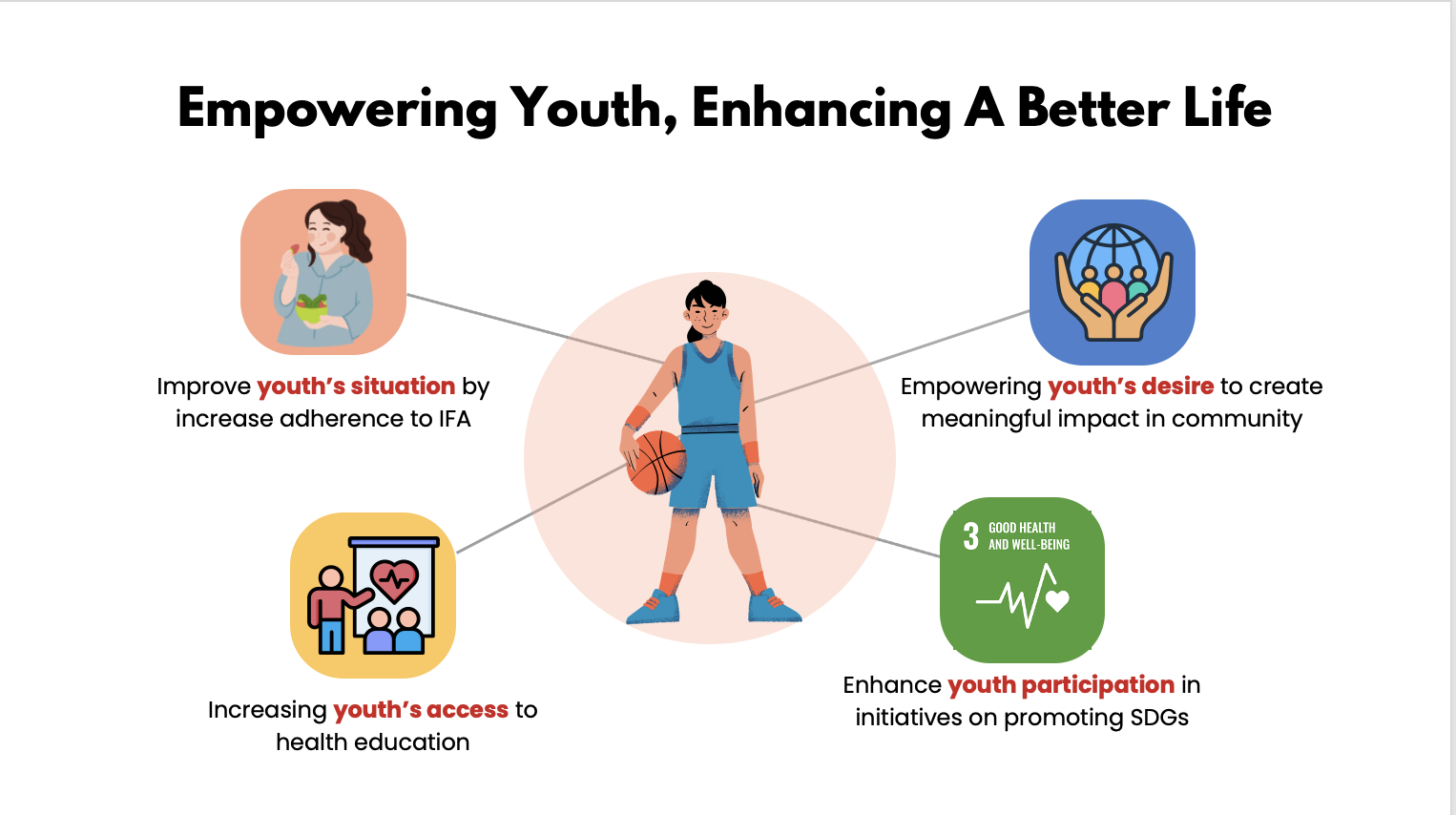
• Use analogy to make the message memorable.
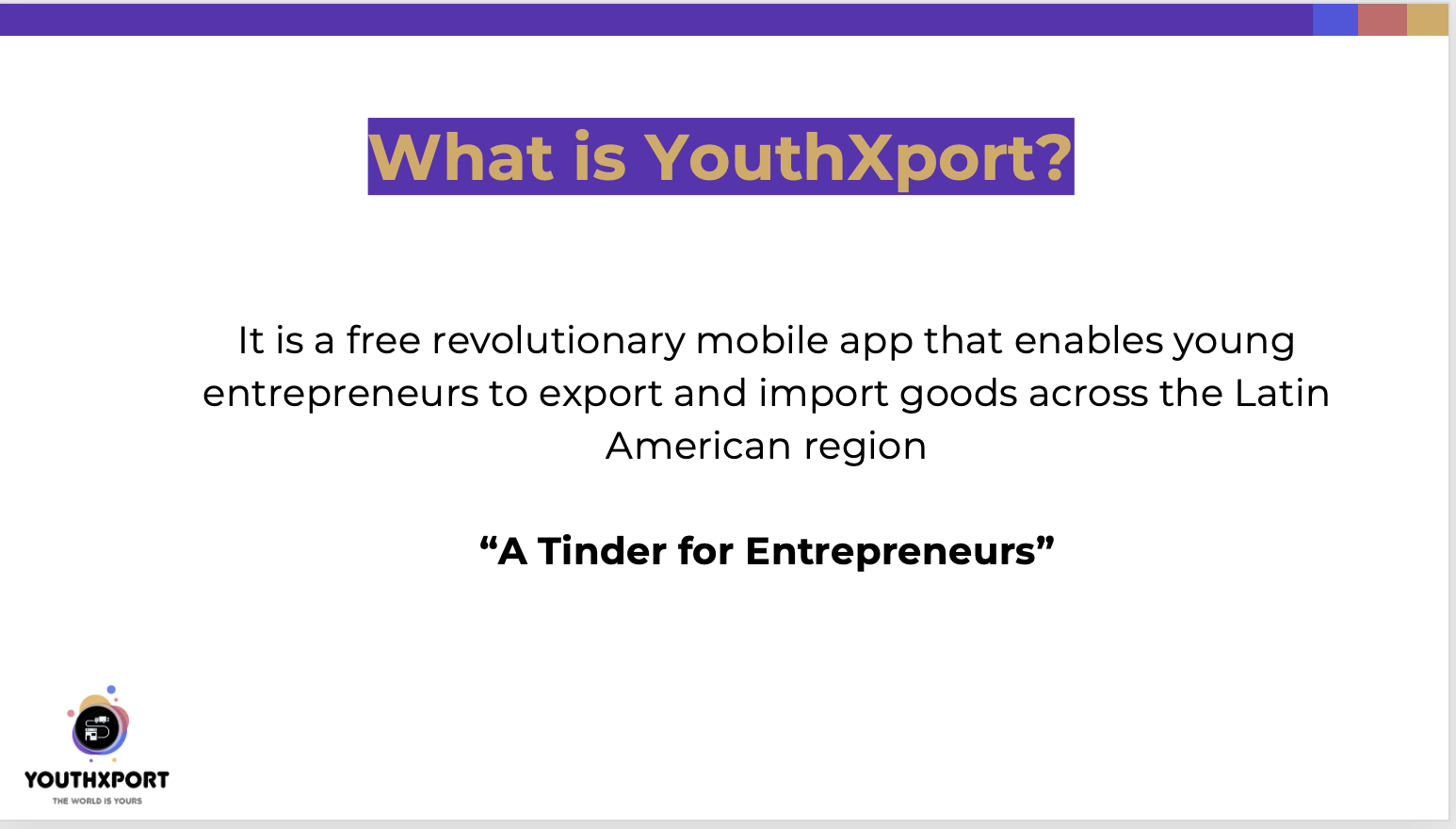
• Simplify numbers – and bring the points up one by one.
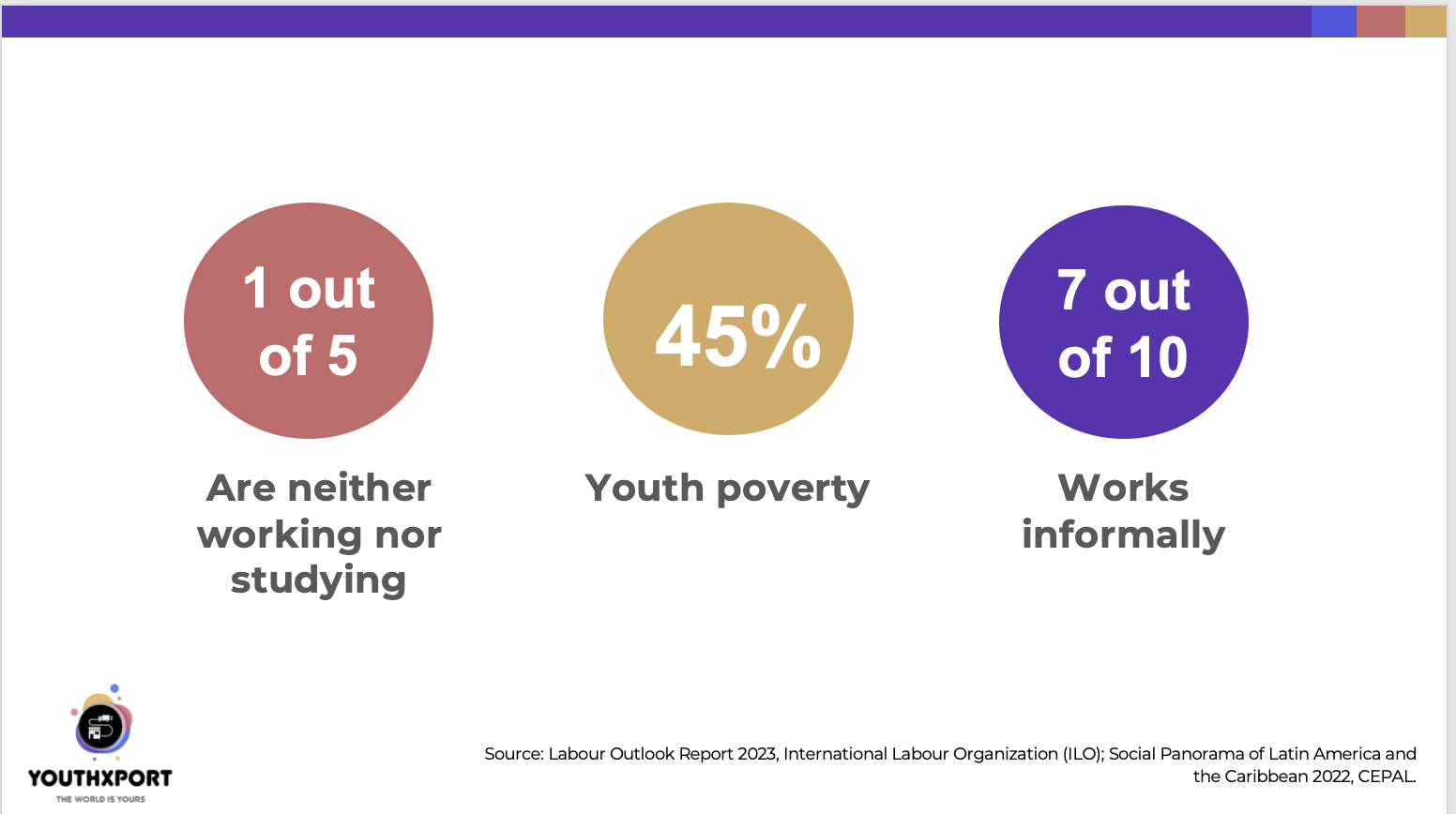
• Use video clips of less than 1 minute for impact
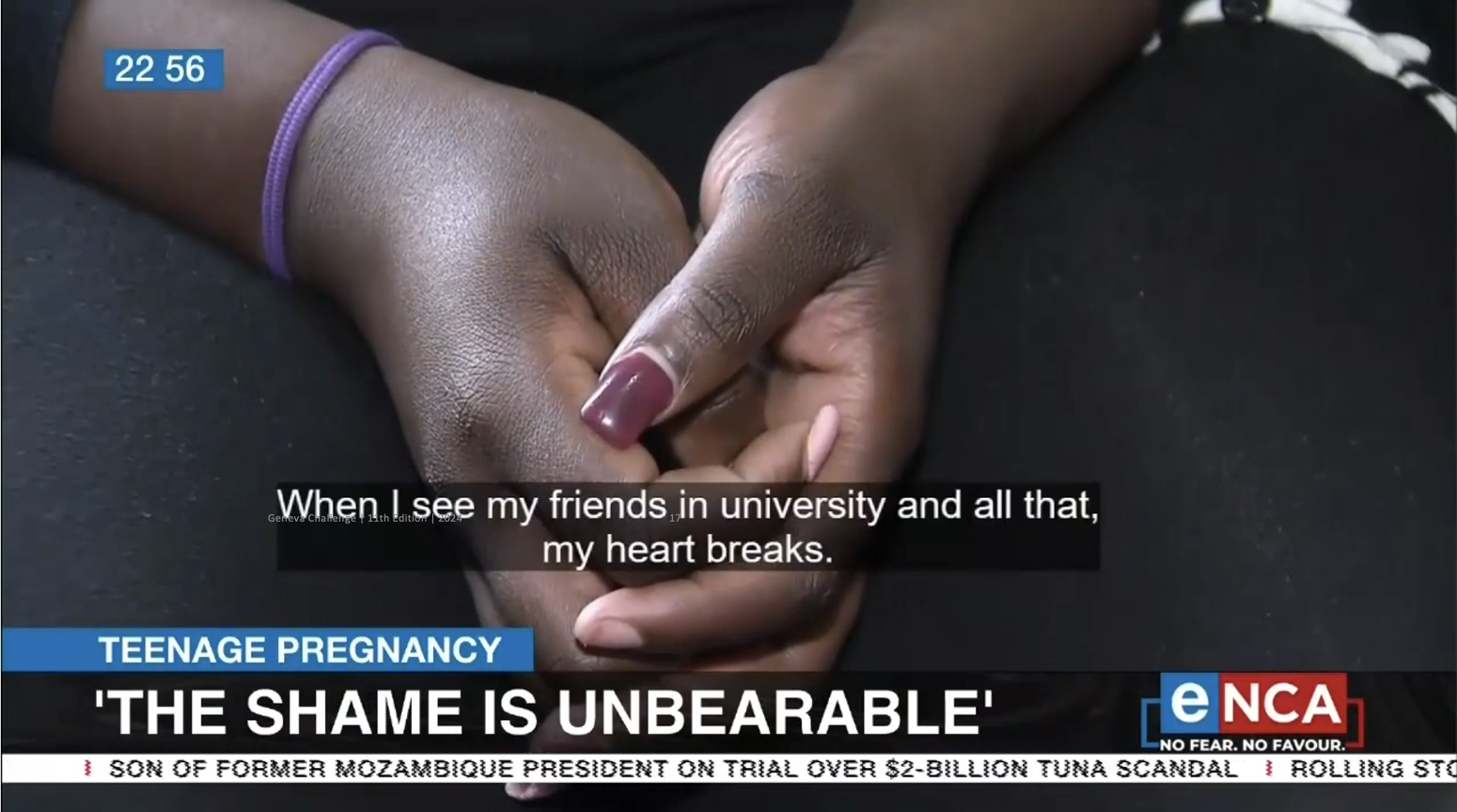
• Less is more. If asked for 15 minutes, prepare 14 minutes and keep to it.
As well as the 15-minute presentation, each team prepared a 2-minute pitch.
Here is the pitch from Team Africa – the winners of the 2024 Geneva Challenge for their project MNTASE Cares – Mobile Clinics for Youth Empowerment to address South Africa’s teenage pregnancy crisis.
It was simple, credible, concrete, emotional and beautifully delivered.
When was the last time you gave a great pitch or presentation?
Contact me for details of my coaching and team workshops.

by Claire Doole | Nov 3, 2024 | Blog, Leadership Communications
Pitching to an executive board is high-stakes. After months of hard work developing a project or strategy, you need the board’s buy-in—but securing it is no easy feat.
The room is filled with senior executives who are busy, and their knowledge of your subject might vary widely. Adding to the challenge, there may be up to nine members present—an odd number to avoid voting ties.
I’ve coached many professionals to navigate these make-or-break moments. So, what’s the secret to winning over the board?
Below are some tips and tricks that could help you get the thumbs up for your next pitch.
Preparation prevents poor performance
Advance notice is critical. Boards don’t like surprises. It pays off to informally speak with each member beforehand so that you can write a concept note that you can get signed off.
Make sure you send a PDF of your slides to the board a few days before the pitch so they have time to read it. This means they can absorb the main arguments and prepare some pertinent questions.
Think strategically
Craft a compelling case to win the board’s buy-in. Remember, people are driven by “What’s in it for me?” So, spell out exactly how your proposal benefits the organization—or what’s at stake if they don’t act.Why should they approve of your idea? How will this help the organization/company meet its strategic aims? Do not lead up to this point; make it straight away.
Then you move to the three key messages that you want them to retain.
People find it easier to remember things in threes. The rule of three dates back to the Greek philosopher Aristotle, who was renowned for his public oratory.
For each key message provide evidence – facts, statistics, or even stories. Think not only about the benefits but also have a message for the sceptics. For example, why should they back a project that might be risky?
Keep it short and simple
Pitches vary in length between three and seven minutes, but remember you have to keep the attention of people who are busy and most probably thinking about all the other things they have to do.
If you are using slides, put the key messages in the top left-hand corner, as that is where people first look. They have to understand a slide at first glance.
Avoid death by PowerPoint – the slides are there to keep you on track, as a prompt.
Encourage questions
You should embrace questions, as they show interest and are an opportunity to learn and get ideas on how to improve your project/strategy. Of course, you should have anticipated key questions and included them in your pitch.
One final tip
I used to make videos and dreaded the validation process. One tip a colleague gave me was to include something that you know won’t be approved, as they fixate on this and tend to agree to the rest.
A friend who is a master pitcher uses this technique, and says it works every time with her board!

